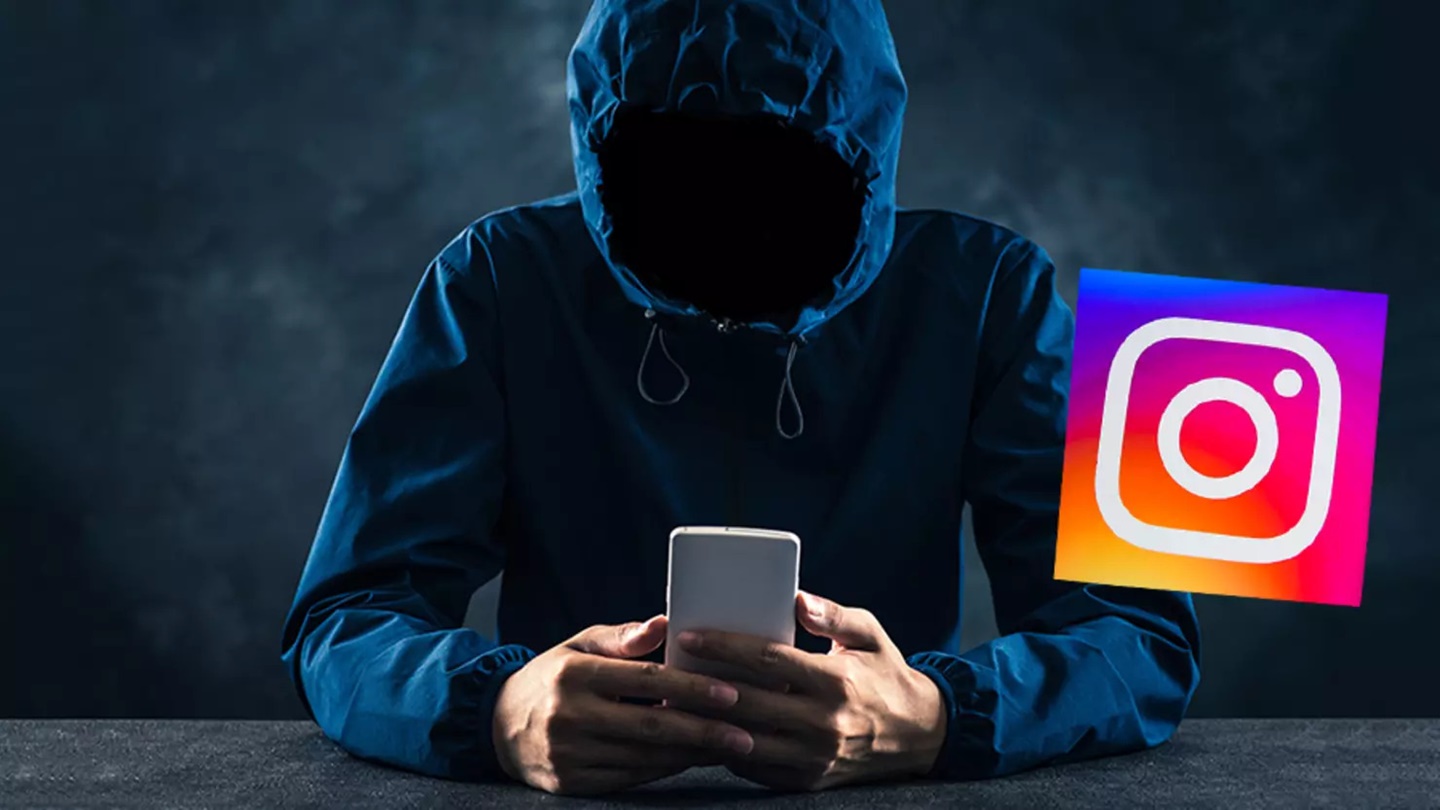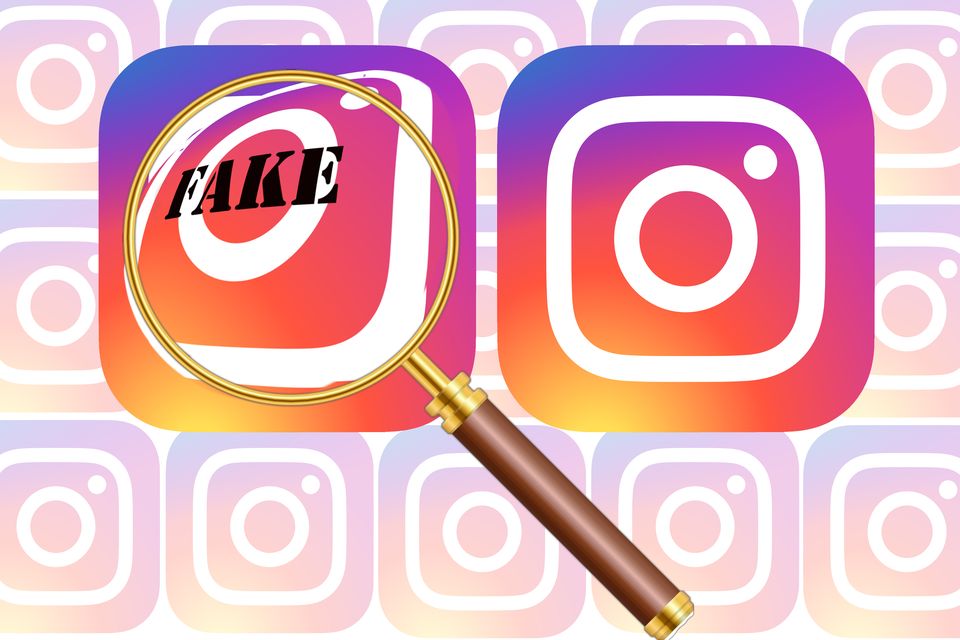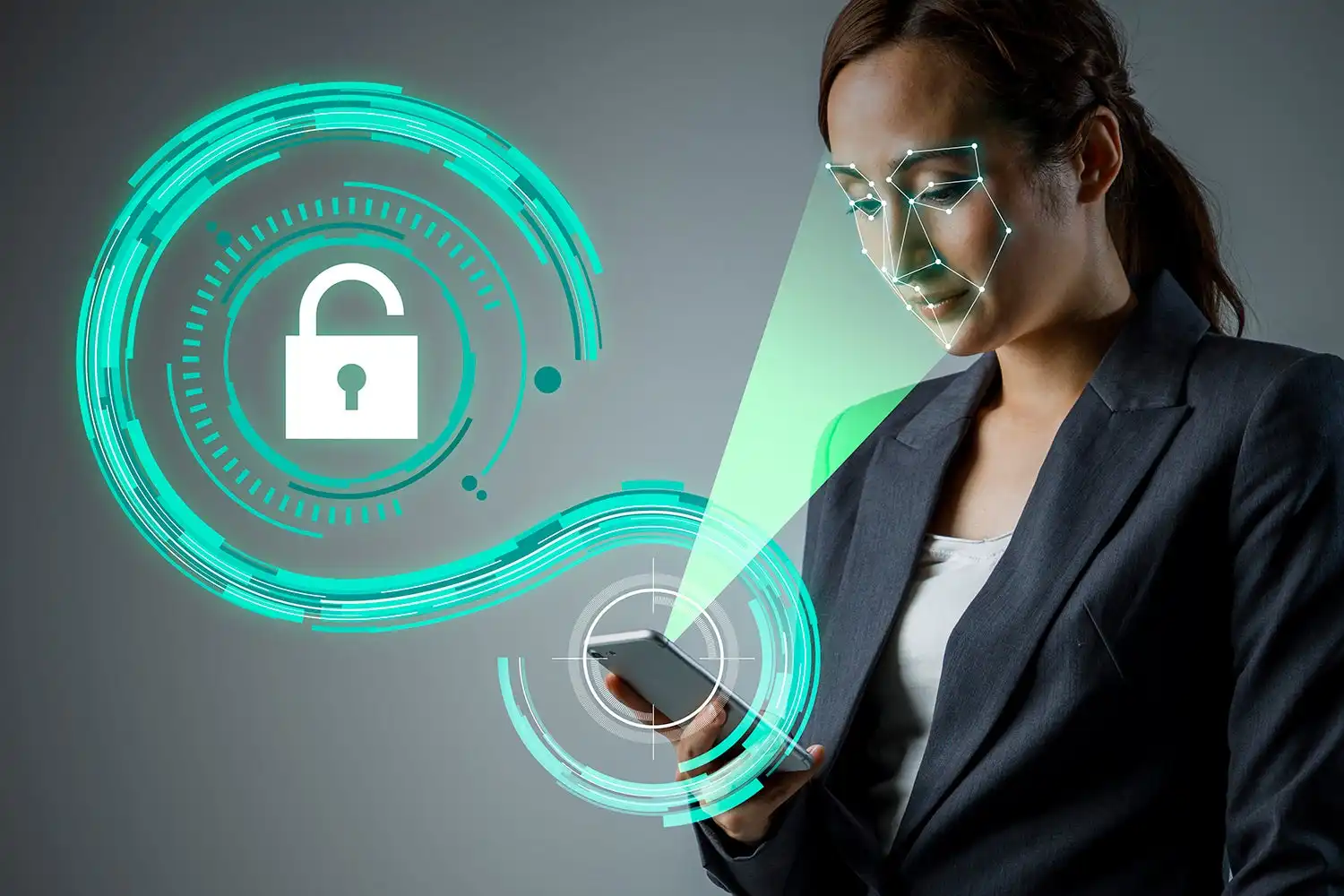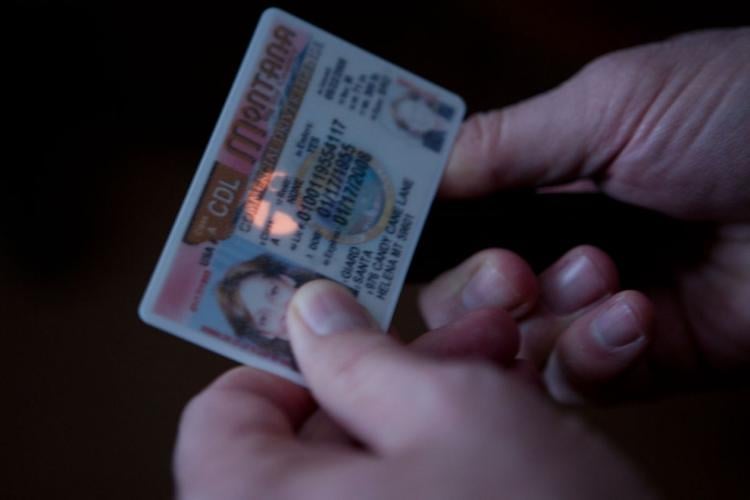How to Tell If An Instagram Account Is Fake
https://showfakes.com/wp-content/uploads/2023/12/Fake-IG-Followers-1133439473-1024x768.webp 1024 768 Admin Admin https://secure.gravatar.com/avatar/9c89a0590fb34eb4e2bf2f9088e9f86a?s=96&d=mm&r=gHow to Tell If An Instagram Account Is Fake
“How to Tell If An Instagram Account Is Fake” In the age of influencers and curated online personas, it’s more important than ever to be able to discern real Instagram accounts from the fakes. Fake accounts can be used for a variety of nefarious purposes, from spreading misinformation and scams to harvesting personal data and manipulating public opinion.
But fear not, savvy scrollers! This comprehensive guide will equip you with the knowledge and tools to sniff out even the most cleverly disguised fake accounts. So, grab your detective hat and let’s dive in!
Red Flags on the Profile Page

-
No Profile Picture or Generic Stock Image: A blank profile picture or one that’s clearly a stock image is a major red flag. Real people typically use their own photos or at least something representative of their brand or niche.
-
Unrealistic Username: Usernames that are gibberish, have unusual character combinations, or mimic the handles of celebrities or brands are likely fake. Be wary of accounts with slight variations in spelling or numbers added to existing usernames.
-
Vague or Missing Bio: A well-written bio that tells you about the person or brand behind the account is a good sign. However, a blank bio or one filled with generic phrases and emojis is cause for suspicion.
-
No Posts or Few Inactive Posts: A lack of content or only a handful of inactive posts suggests the account is not being used regularly. Real accounts typically have a consistent posting schedule.
Follower Frenzy: When Numbers Don’t Add Up
-
High Follower Count with Low Engagement: A large number of followers but minimal likes and comments on posts is a classic indicator of fake followers. These are often purchased in bulk and are not real people interacting with the content.
-
Unbalanced Following/Follower Ratio: An account that follows significantly more accounts than it has followers is likely a bot or spam account. A healthy ratio is usually closer to 1:1 or slightly higher in followers.
-
Suspicious Followers: Check the accounts the suspected fake account follows and who follows them back. If they primarily follow other suspicious accounts or bots, it’s another red flag.
Content Clues: When the Pictures Tell a Story

Beyond the Surface: Advanced Investigation Techniques
-
Reverse Image Search: Use tools like Google Images or TinEye to see if the account’s profile picture or posted images appear elsewhere online. This can help you identify stolen content and fake accounts.
-
Check for Verification: While not foolproof, a verified account with the blue checkmark is more likely to be legitimate. However, remember that verification is not available to all accounts, so its absence doesn’t automatically mean it’s fake.
-
Report Suspicious Activity: If you’re confident an account is fake, report it to Instagram. This helps the platform combat spam and protect other users.
Delving Deeper: Unmasking the Masterminds Behind Fake Accounts
We’ve covered the basic red flags to identify suspicious accounts, but what about the masterminds behind them? Understanding their motivations and tactics can further equip you to navigate the online landscape with caution.
The Motivations: What Drives Fake Accounts?
-
Scamming and Phishing: Fake accounts often lure unsuspecting users into scams or phishing attempts. They might offer fake giveaways, promote pyramid schemes, or try to steal personal information through deceptive links or DMs.
-
Spreading Misinformation and Propaganda: Fake accounts can be used to spread false information, manipulate public opinion, and sow discord. They might share biased news articles, create fake reviews, or amplify propaganda under the guise of legitimate accounts.
-
Boosting Engagement and Selling Products: Some fake accounts are created solely for the purpose of inflating engagement metrics or selling products. They might buy fake followers and likes to make an account appear more popular, or they might spam promotional content to drive traffic to their websites or online stores.
The Techniques: How Do They Do It?

-
Bot Networks: Sophisticated software automates the creation and operation of fake accounts. These bots can follow, like, and comment on posts, creating the illusion of real engagement.
-
Stolen Identities: Fake accounts often steal the identities of real people, using their photos and information to appear more convincing. This can be especially harmful as it can damage the reputation of the real person.
-
Content Scraping and Manipulation: Fake accounts often scrape content from other accounts and websites, repackaging it as their own. They might also use image editing tools to manipulate photos and videos, making it harder to discern their authenticity.
Protecting Yourself: Staying Safe in the Fake Account Jungle
- Be skeptical of too-good-to-be-true offers. If something seems like a scam, it probably is.
- Don’t click on suspicious links or download unknown attachments.
- Be cautious of unsolicited DMs, especially from accounts you don’t know.
- Verify information before sharing it. Don’t spread unconfirmed news or rumors.
- Report suspicious activity to Instagram.
Remember, staying vigilant and using your critical thinking skills are your best defenses against fake accounts. By being aware of the red flags and understanding the motivations and techniques behind them, you can navigate the online world with confidence and protect yourself from harm.
Bonus Tip: Consider using third-party tools that can help you identify fake accounts. Some websites and apps analyze accounts based on various factors and provide risk scores or warnings. While not foolproof, these tools can be an additional layer of protection in your online safety arsenal.
Conclusion: Unmasking the Fakes and Taking Back the Gram

In the ever-evolving landscape of social media, where curated feeds and carefully crafted personas reign supreme, discerning real from fake on Instagram has become an essential skill. We’ve traversed the treacherous terrain of red flags, delved into the motivations and techniques of the masterminds behind fake accounts, and equipped ourselves with the tools to navigate the online jungle with caution.











